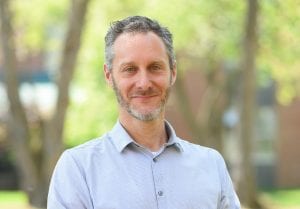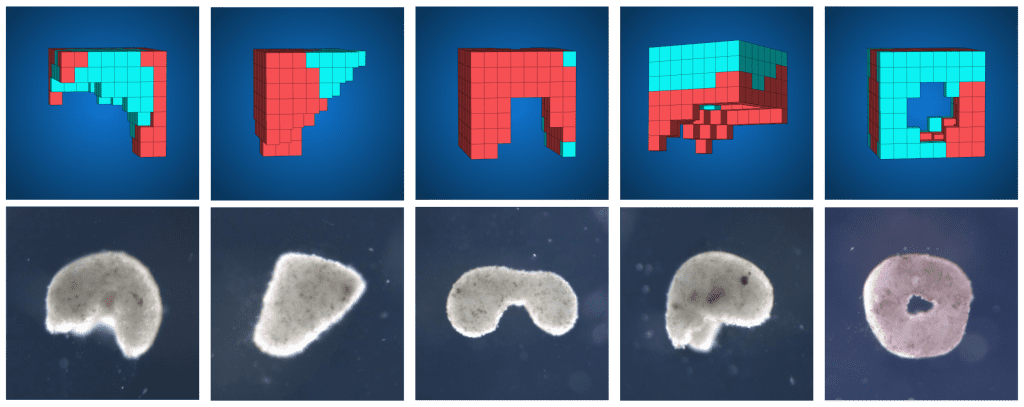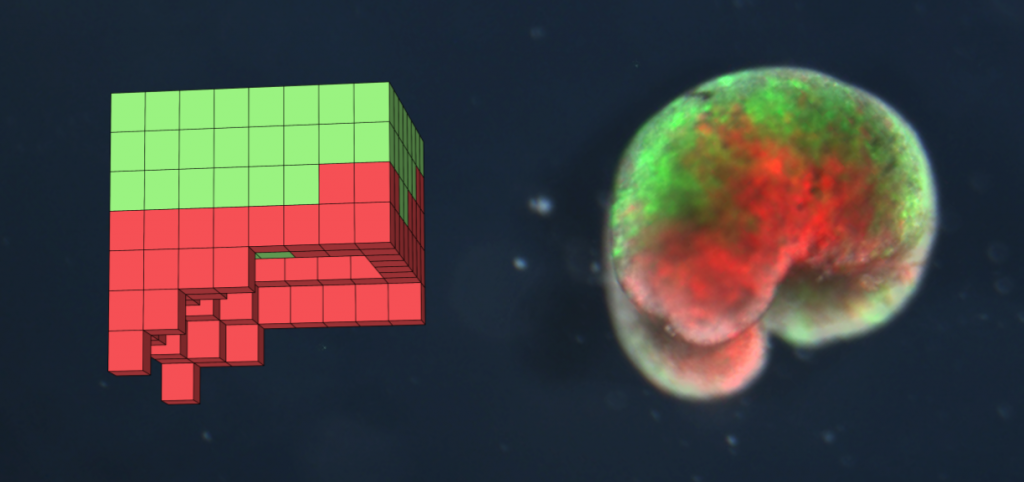
Ira Pastor, ideaXme life sciences ambassador and founder of Bioquark, interviews Dr. Josh Bongard, Professor in the Morphology, Evolution & Cognition Laboratory, Department of Computer Science, College of Engineering and Mathematical Sciences, University of Vermont.
Ira Pastor comments:
On a recent ideaXme episode, we delved into the fascinating topics of “living architecture” and “living machines” and the principle of evolution in the built environment.
Today, we are going continue along this unique area of the life sciences and segue into the topic of “living robotics.”

Xenobots Are Living Robots
If you’ve been paying attention to the scientific literature over the last few weeks, you may have come across the term “Xenobots” in the press, named after the African clawed frog (Xenopus laevis).
Xenobots are defined as self-healing micro-bots that are designed and programmed by a computer (via an “evolutionary algorithm”) and built from the ground up using living biological cells.
An Xenobot is a biological machine under 1 millimeter wide, made of heart cells (which naturally contract) and skin cells (which don’t), that are derived from stem cells harvested from Xenopus frog embryos (an extremely important model in the world of developmental biology).
The Exciting Potential of Xenobots
A team composed of scientists from both University of Vermont and Tufts University recently created these novel living machines, which were capable of moving towards a target, picking up a payload, and healing themselves after being cut, which may help increase our understanding of how complex organs are formed for purposes of regenerative medicine, and which one day, might be able to do things like safely deliver drugs inside the human body or remove artery plaques, clean radioactive wastes, collect micro-plastics in the oceans, and even maybe help colonize and terraform planets.
Xenobots can walk and swim, survive for weeks without food, work together in groups, heal on their own and keep working.

Dr. Josh Bongard
Today I’m joined by one of the amazing members of this Xenobot team.
Dr. Bongard completed his bachelors degree in Computer Science from McMaster University, Canada, his M.S. in Evolutionary & Adaptive Systems, University of Sussex, UK, his Ph.D. in Informatics, University of Zurich, Switzerland, and a post-doc in the Computational Synthesis Laboratory at Cornell University.
Evolutionary Robotics
Of the many fascinating things that go on in his lab, Dr. Bongard’s group is focused on the unique domain of evolutionary robotics.
In his evolutionary robotics work, the lab has a goal of directing the evolution of increasingly complex, capable, and autonomous machines to perform a widening array of difficult tasks and asking the broad question of “How can we automatically design a robot with little human intervention?”
This work is quite cross-disciplinary in nature merges the disciplines of theoretical biology, embodied cognition, computational neuroscience, as well as psychology and philosophy.
He is the co-author of the popular science books entitled “How the Body Shapes the Way We Think: A New View of Intelligence” and “Designing Intelligence: Why Brains Aren’t Enough.”
On this show we hear from Dr. Bongard:
About his background, how he developed an interest in computer science, and how he developed a passion for the convergent domains of computers and biology. The principles of “Evolutionary Algorithms” and “Artificial Ontogeny” in developing new organisms with AI. How Xenobot research can inform us as to how cells work together to form intricate complex anatomies. Future applications of Xenobots and how they inform us about non-neural intelligence and cognition dynamics.

Credits: Ira Pastor interview video, text, and audio.
Follow Ira Pastor on Twitter: @IraSamuelPastor
If you liked this interview, be sure to check out our interview with Professor Dr. Rachel Armstrong, Professor of Experimental Architecture at the School of Architecture, Planning and Landscape, at Newcastle University.
Follow ideaXme on Twitter: @ideaxm
On Instagram: @ideaxme
On YouTube: ideaxme
Find ideaXme across the internet including on iTunes, SoundCloud, Radio Public, TuneIn Radio, I Heart Radio, Google Podcasts, Spotify and more.
ideaXme is a global podcast, creator series and mentor programme. Our mission: Move the human story forward!™ ideaXme Ltd.

